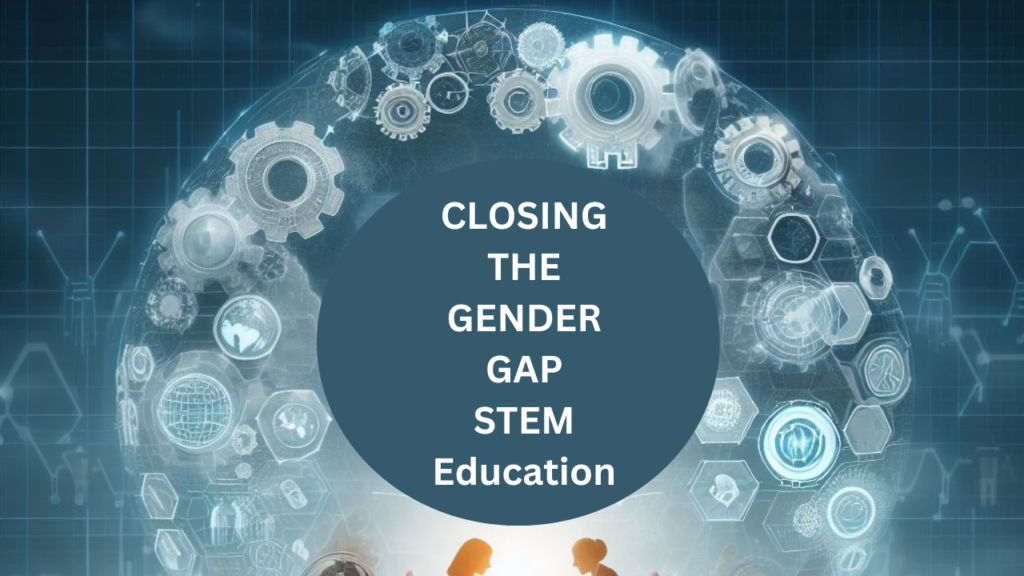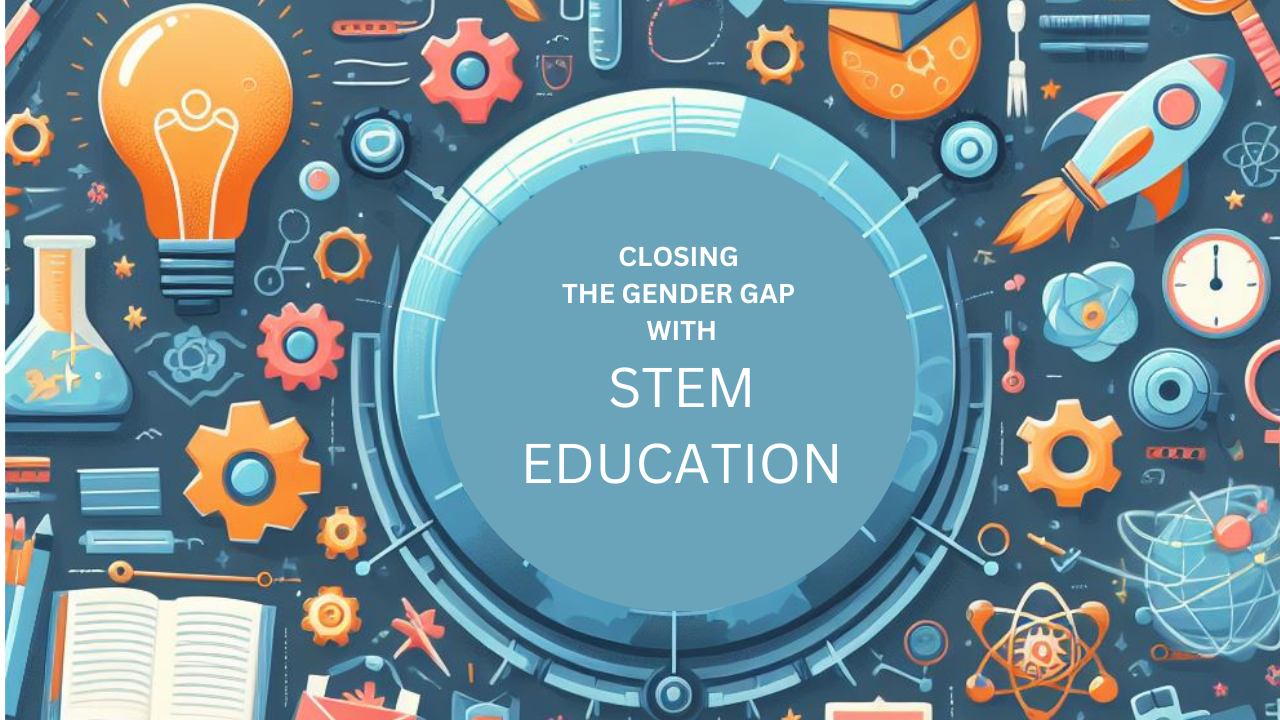Bridging the Gender Gap in STEM Education: Strategies for Promoting Diversity and Inclusion
Introduction
Science, Technology, Engineering, and Mathematics (STEM) play a pivotal role in shaping our world. From technological advancements to medical breakthroughs, STEM fields drive innovation and progress. However, despite the critical importance of STEM, there remains a persistent gender gap. Women and underrepresented groups continue to be underrepresented in STEM education and careers. In this article, we explore strategies to bridge this gap and create a more inclusive and equitable STEM landscape.

Analyzing Gender Disparities in STEM
The Current Landscape
In 2023, the gender gap in STEM remains significant. Women make up only 28% of the STEM workforce. This disparity is particularly pronounced in fields like computer science and engineering. Understanding the root causes of this gap is essential for designing effective interventions.
Factors Influencing Gender Disparities
Several factors contribute to the gender gap in STEM:
- Societal Stereotypes: Deep-rooted stereotypes often associate STEM with masculinity. These stereotypes influence career choices and self-perceptions.
- Educational Barriers: Unequal access to quality STEM education affects women’s participation. Lack of female role models and limited exposure to STEM opportunities hinder interest and confidence.
- Workplace Culture: Hostile work environments, lack of mentorship, and implicit biases discourage women from pursuing STEM careers.
Successful Programs and Initiatives

Diversity-Focused STEM Education Intervention Programs (SIPs) and others
Here are some real-world examples of successful STEM Intervention Programs (SIPs) that have made a positive impact on student persistence and belonging:
- Diversity-Focused STEM Education Intervention Programs (SIPs): These programs aim to increase access and retention of underrepresented students in STEM fields. They employ various strategies to create a supportive environment and address institutional shortcomings. Some common components of successful SIPs include:
- Mentorship: Effective mentors guide students, provide encouragement, and foster a sense of belonging. Mentorship programs connect students with experienced professionals who offer guidance and support.
- Inclusive Environments: SIPs create spaces where students’ ideas are valued, and their unique perspectives are respected. Encouraging debates and seeking input from diverse voices enhance the learning experience.
- Curriculum Adaptations: Adapting teaching methods to make STEM subjects more accessible and engaging for all students. Incorporating varied narratives and real-world applications can enhance interest and confidence.
- Community Outreach: SIPs engage in community outreach activities to promote interest in STEM fields. By connecting with local schools, organizing workshops, and showcasing STEM role models, they inspire the next generation.
- Pre-College Interventions: These programs focus on preparing students before they enter college. They provide exposure to STEM concepts, hands-on experiences, and mentorship to build interest and confidence.
- Supplemental Education Programs: These programs offer additional support outside regular coursework. Examples include tutoring sessions, study groups, and workshops.
- Academic Bridge Programs: Designed for students transitioning from high school to college, these programs provide academic and social support during the critical first year.
- Living-Learning Communities: These residential programs bring together students with shared interests (such as STEM) to live and learn together. They foster a sense of community and collaboration.
- Research Programs: SIPs that involve students in research projects, internships, or lab work. These experiences deepen students’ understanding of STEM and provide valuable skills.
- Mentorship Interventions: Pairing students with mentors who guide them academically and professionally. Mentorship helps build confidence and provides networking opportunities.
- Hybrids of Multiple Intervention Components: Some SIPs combine several strategies to create a comprehensive support system for students.
The Role of Mentorship
Mentorship is a powerful tool for promoting diversity and inclusion in STEM. Here’s how mentors contribute:
- Inspiration and Guidance: Mentors serve as guiding lights, inspiring students to pursue STEM careers. They share their experiences, provide career advice, and help mentees navigate challenges.
- Skill Development: Beyond knowledge transfer, mentors help identify skill gaps and provide growth opportunities. Whether it’s honing technical skills or developing soft skills like communication and leadership, mentors play a vital role.
- Representation: Female STEM mentors serve as role models, demonstrating that success is attainable. Seeing someone who looks like you in a leadership position can be transformative for aspiring STEM professionals.

Collaborations and Policy Changes
To bridge the gender gap, collaboration is essential:
- Educational Institutions and Industry: Partnerships between universities, companies, and research organizations can create pipelines for diverse talent. Internships, scholarships, and joint initiatives foster collaboration.
- Policymakers: Advocacy for policies that promote diversity and inclusion is crucial. Funding for STEM education, targeted scholarships, and initiatives to reduce bias in hiring practices are essential steps.
- Long-Term Vision: Early STEM education shapes long-term career choices. Starting at the K-12 level, we must encourage girls and underrepresented students to explore STEM fields.
Conclusion
Bridging the gender gap in STEM Education requires concerted efforts from educators, policymakers, industry leaders, and mentors. By creating inclusive environments, promoting mentorship, and advocating for policy changes, we can build a more equitable and diverse STEM community. Let us work together to inspire the next generation of STEM leaders and create a brighter future for all.
Note: This article draws insights from successful programs, research, and expert opinions. For further resources, explore the National Academies’ Science of Effective Mentorship in STEM education.
More Articles

